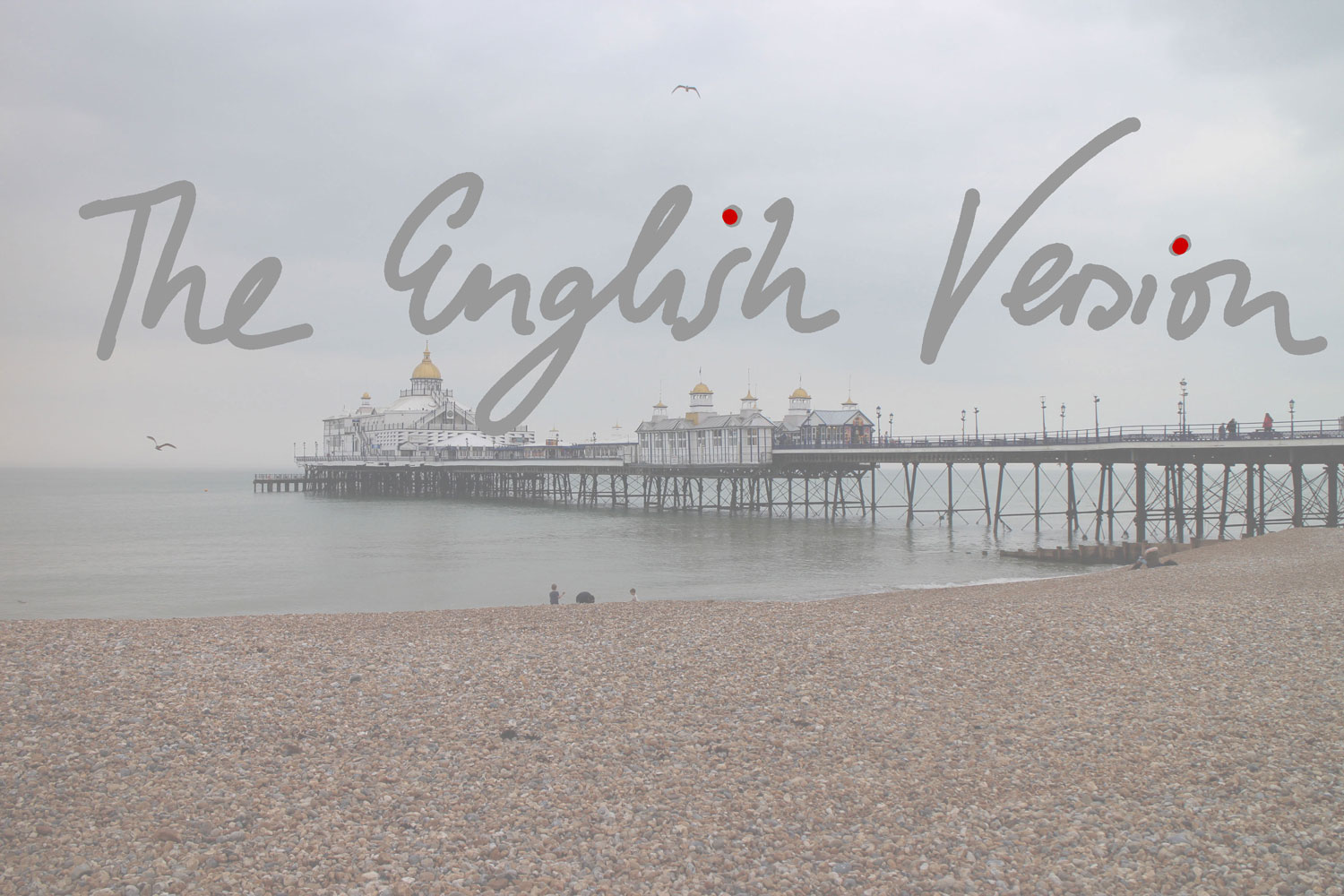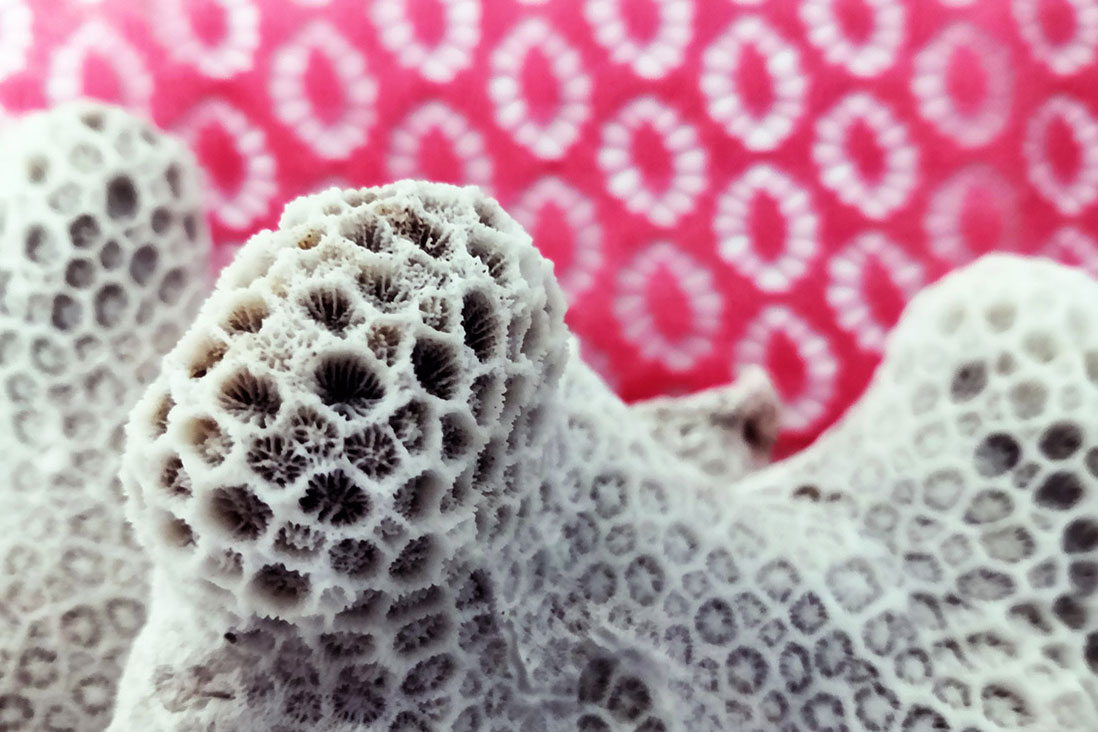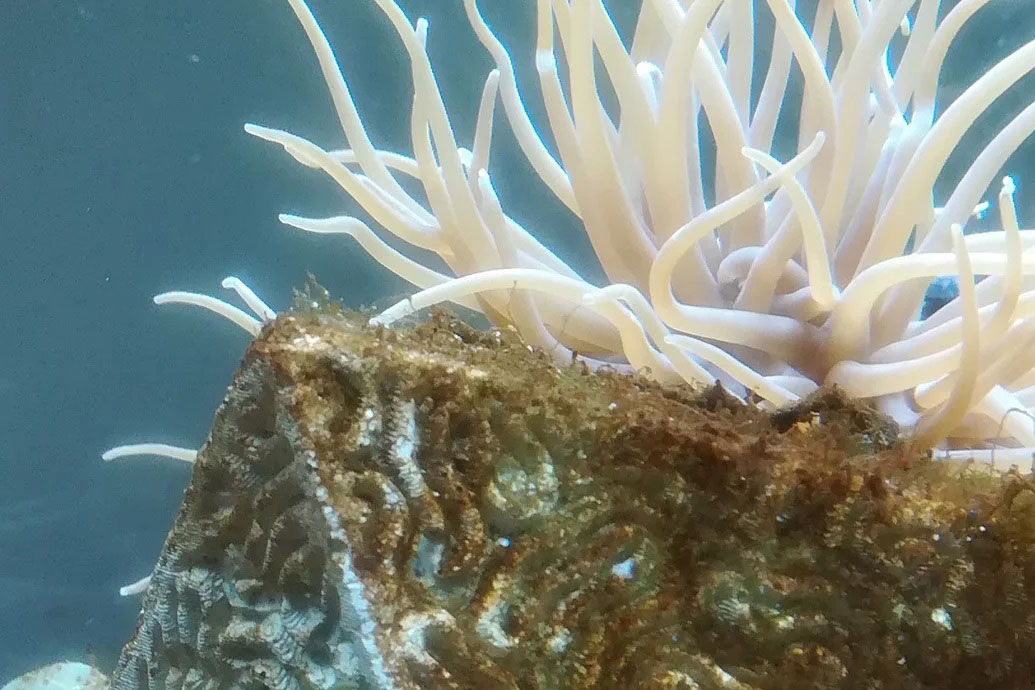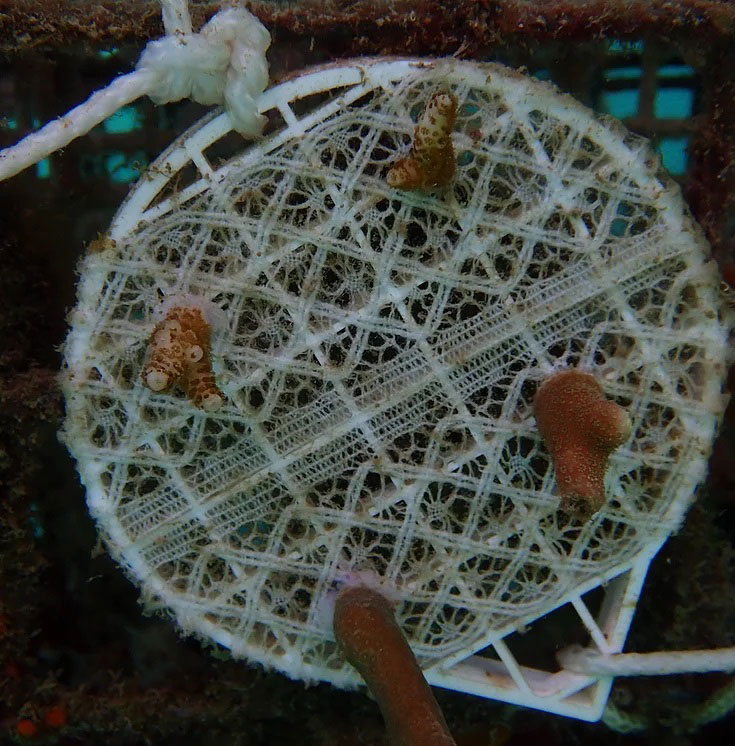This is a translation of my German blogpost Hinter den Beauty-Kulissen… ProTec Ingredia GmbH Proudly Presents: Wie die Kunst Korallen, Wissenschaft und kosmetische Wirkstoffe verbindet. Enjoy!
In cooperation with ProTec Ingredia // In 2017 French artist Jérémy Gobé visited Le Puy-en-Velay – a small town in the South-East of France famous for its lace – to learn about the ancient craft of bobbin lace making when it struck him like a bolt of lightning: The traditional lace pattern “Point d’Esprit” (which translates as “state of mind” or “mindset”) bore an incredible resemblance to the structure of coral skeletons that he’d been working with on previous artistic projects. This unexpected spark of inspiration would turn out to be the starting point for a remarkable cross-disciplinary art project which is embracing several different industries, including cosmetic ingredients manufacturing…
Fascinating corals
But let’s start from the beginning: Corals are animals, not plants. The scientific name for this group of animals is Cnidaria and besides corals, cnidarians also include jellyfish, sea anemones and polyps. Corals live in huge colonies that eventually turn into coral reefs. A reef develops when the dead coral skeleton material which has been building up through the storage of lime scale is overgrown by live corals. Corals derive their nourishment from micro algae and plankton which they filter from the sea water.
Coral reefs play a vital ecological role and they also have an important physical function, protecting coastlines from storm damage, erosion and tsunamis. In addition, coral reefs harbour around a fourth of the ocean’s biodiversity and are therefore often referred to as the ‘rainforest of the sea’.
Unfortunately they are also heavily endangered: A fifth of all global coral reefs have already disappeared, including a third of the Great Barrier Reef which is located near Australia. The reasons include global warming and the acidification of the oceans due to an increased CO2 concentration. Pollution through toxic plastic garbage and overfishing further disturbs the ocean’s delicate ecological balance.
The project ‘Corail Artefact’
Scientists have been searching for ways to rejuvenate dead coral reefs for a long time. To install these artificial structures beneath the surface of the water, you need a medium that is resilient and flexible, but also biomimetic and biodegradable.
And here we have the connection to Jérémy Gobé’s Corail Artefact project which is aiming to protect coral reefs. The surprising similarity between the Le Puy-en-Velay lace and the coral skeletons inspired Jérémy to start an experiment in a sea aquarium. The results were astounding: The corals settled on the lace pattern which looked like coral structures and began to multiply. Since lace is made from plant material and fully biodegradable – might it not also help to regenerate underwater coral reefs…?
In order to turn his vision into a reality Jérémy transformed ‘Corail Artefact’ into a foundation and at the same time expanded the project’s scope. Today ‘Corail Artefact’ connects arts, sciences and the protection of coral reefs with companies from the marine aquarium sector and even manufacturers of ecological concrete. In addition, the project organises information events at schools and public places of higher learning to help educate as many people as possible about the endangerment of coral reefs.
Codif as a partner of ‘Corail Artefact’
As a sculptor, Jérémy constantly works with materials. New production technologies inspired him to integrate natural algae extract into the bobbin lace to help boost the corals’ growth. Whilst researching materials and ingredients he came across Codif, the manufacturer of marine cosmetic actives.
In September 2020, Codif began working with Jérémy as a partner in ‘Corail Artefact’. Drawing on its portfolio of marine ingredients, the company selected specific extracts from Brittany to help the corals regenerate quickly. These extracts were then infused into the lace. A few months ago the first trial started in a sea aquarium in Guadeloupe to see how the corals would react to this material. The first scientific results of the experiment are expected in spring 2022. The eventual goal is to rejuvenate dead coral reefs with the help of coral-patterned and marine ingredients-infused lace on a large scale.
Sustainable innovation through art
For me, one of the most exciting things about ‘Corail Artefact’ is the fact that art is actually accelerating sustainable innovations. With his coral-inspired textile sculptures, both underwater and on land, Jérémy is creating a web of new connections. Working for the conservation of coral reefs he is also protecting the artisan craftmanship of bobbin lace making, an ancient cultural tradition that is also in danger of disappearing – a parallel which was the initial impulse behind ‘Corail Artefact’.
Taking natural diversity as his model, Jérémy and his partners have created an project that extends far beyond the world of art, bringing very different stakeholders to the table. Thanks to his artistic vision, corals, sciences, sustainable commitment and even a cosmetic ingredients manufacturer are all connected, working for the same goal.
© Foto: Corail Artefact. I received the pictures from Codif for this article.
In the next episode of our beauty soap, I’ll be visiting Cosmetic Business in Munich – my first trade show since February 2020. Stay tuned!




